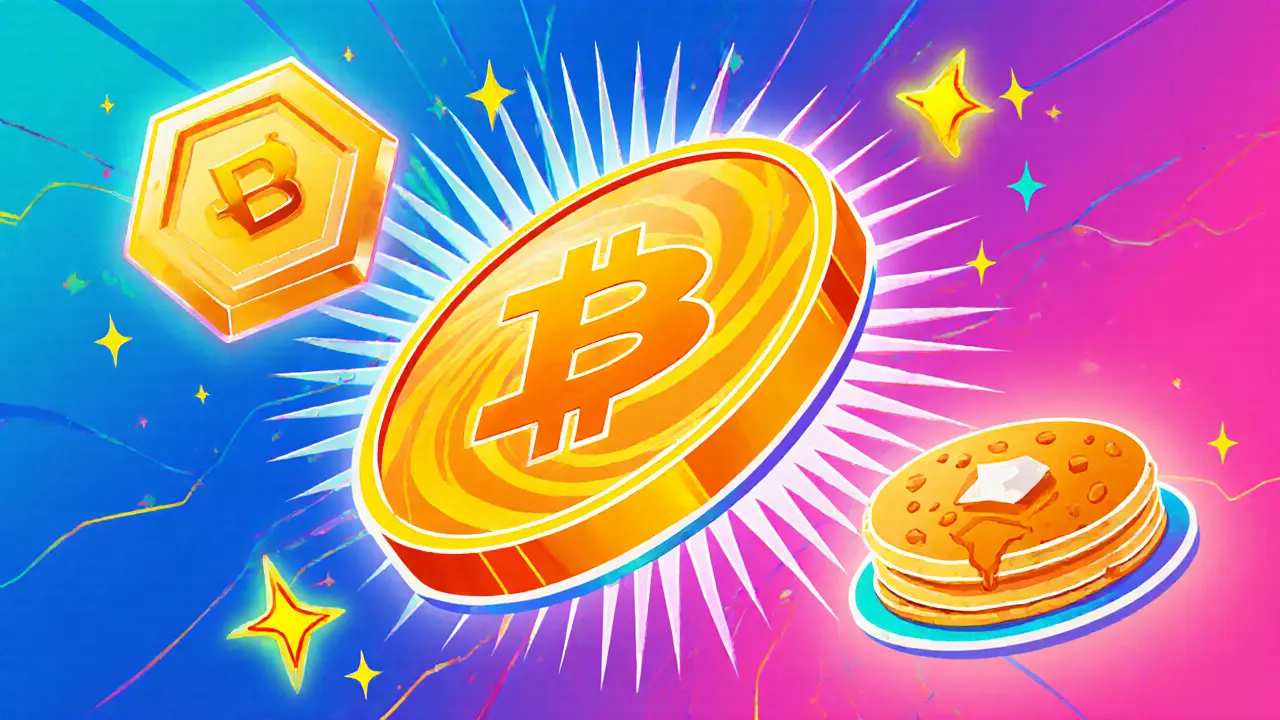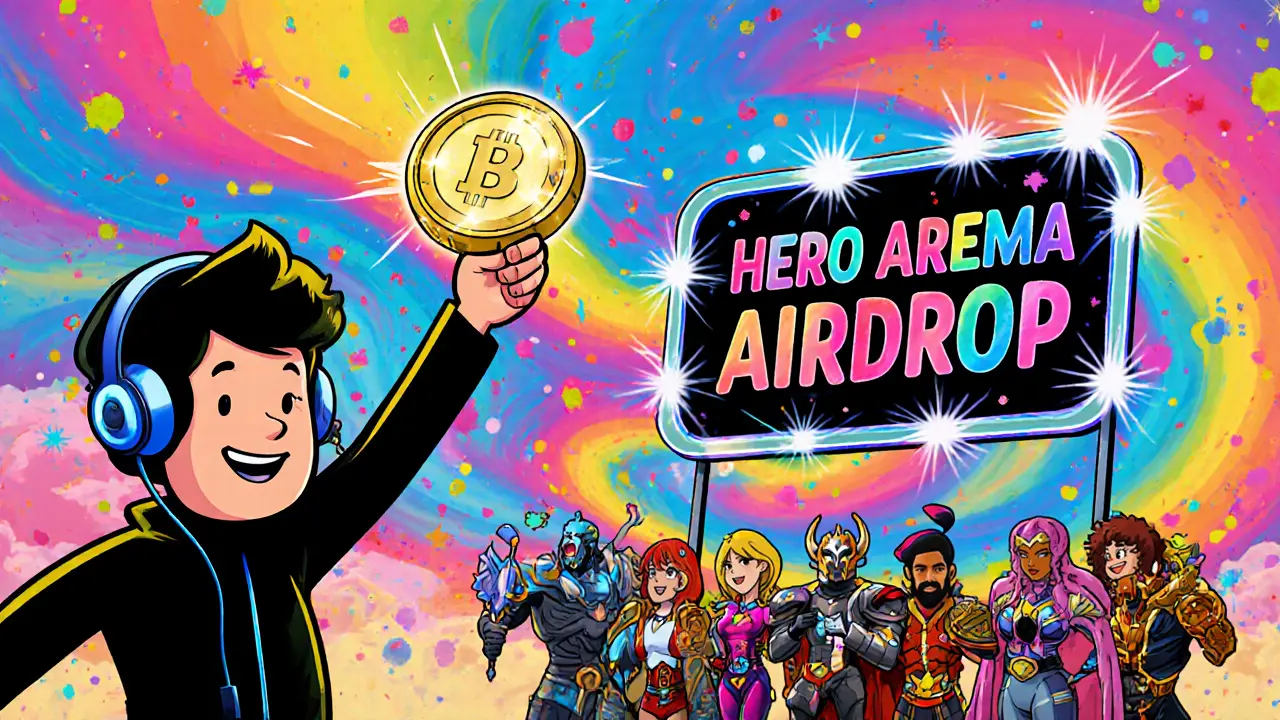Binance Smart Chain Overview
When exploring Binance Smart Chain, a high‑performance, EVM‑compatible blockchain that uses a proof‑of‑authority consensus. Also known as BNB Chain, it powers thousands of dApps. Binance Smart Chain has become a go‑to platform for developers who want fast blocks and low fees. Its architecture lets Ethereum contracts migrate easily, so many DeFi, decentralized finance apps that let users lend, borrow, and trade without intermediaries projects have launched here. From yield farms to stablecoin swaps, the ecosystem offers everything a trader might need. Because the network works with popular wallets, users can jump straight into Airdrop, token distribution events that reward early participants for holding or interacting with a blockchain campaigns that distribute new tokens to early adopters. These drops often require holding a small amount of BNB or interacting with a smart contract, making participation almost frictionless. Meanwhile, built‑in DEX, decentralized exchanges that enable peer‑to‑peer trading without a central order book platforms give traders instant access to liquidity without relying on centralized order books. The combination of low transaction costs, rapid finality, and a lively community fuels a cycle where new projects launch, users trade, and more liquidity flows back in. In short, Binance Smart Chain is the backbone for a thriving mix of finance, gaming, and NFT use cases.
Why Tokenomics and Security Matter
Understanding the tokenomics behind each project is key to deciding whether a hook is worth chasing. A token’s supply schedule, vesting rules, and utility define its long‑term value, and on Binance Smart Chain these factors are often disclosed in the project’s whitepaper or on‑chain explorer. For example, a token that uses a cliff‑vesting model protects early investors while still rewarding long‑term holders. Smart contracts on the chain also enforce fee structures that can be split between liquidity providers and the development team, creating a sustainable revenue loop. Security is another major pillar: because BSC’s consensus is run by a limited set of validators, the network can react quickly to vulnerabilities, but it also means users should double‑check audit reports before locking funds. Recent airdrop events have shown that projects with clear tokenomics and solid security audits tend to retain participants longer, which in turn boosts overall market depth. So when you evaluate a new DeFi protocol, ask how its token economics align with your risk appetite and whether the underlying smart contracts have been vetted.
The articles below pull together the most relevant guides, reviews, and deep dives you’ll need to navigate this space. Whether you’re hunting the latest airdrop, comparing DEX fee structures, or learning how to read tokenomics charts, the collection gives you actionable steps and real‑world examples. Dive in to see step‑by‑step claim processes, performance breakdowns, and security checklists that make the Binance Smart Chain ecosystem easier to master.
CheeseSwap (CHEESE) Crypto Coin Explained - Price, Tokenomics, Risks 2025
An in‑depth look at CheeseSwap (CHEESE) token: price, tokenomics, trading options, risks, and why it’s considered a high‑risk, likely abandoned crypto as of Oct 2025.
XWG Airdrop Guide 2025: How to Claim X World Games Tokens
Get the complete 2025 guide to claim XWG tokens from X World Games' airdrop. Learn eligibility, step‑by‑step claim process, pitfalls, price outlook and future rewards.
Hero Arena (HERA) Airdrop Details, Rewards, and Claim Guide
A deep dive into Hero Arena's HERA airdrop history, token details, reward structures, and how to stay involved in the play‑to‑earn ecosystem.
How to Claim the Biconomy BIT Airdrop - Full Campaign Details
A detailed guide on Biconomy's BIT airdrop, covering the MEXC Kickstarter event, token utility, claim steps, and current market status.


